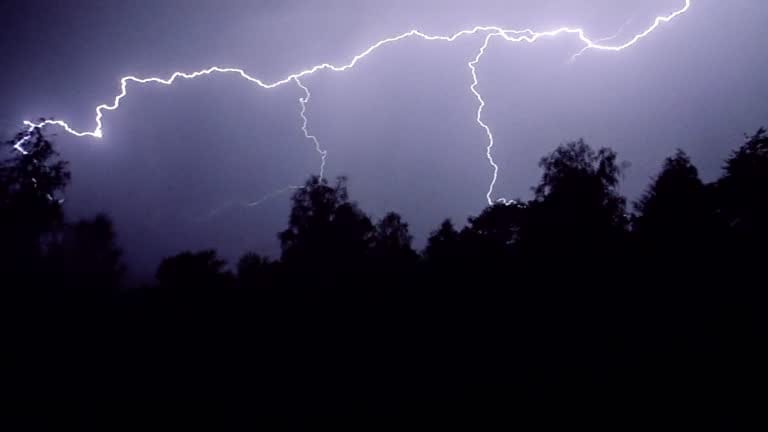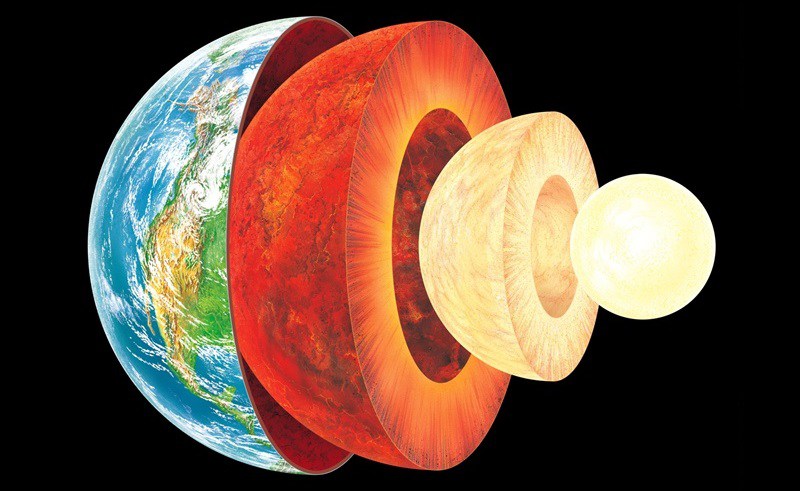When we think of climate change, we usually picture melting ice caps, rising seas, or burning forests. But what if climate change could also reshape the very bones of our planet? What if it could make the ground itself move faster?
According to a groundbreaking new study published in Scientific Reports, that’s exactly what’s happening in East Africa. Scientists have found that climate change—by drying out vast lakes thousands of years ago—has actually sped up the process of continental rifting, where massive landmasses slowly tear apart.
This remarkable discovery suggests that shifts in rainfall and temperature can influence earthquakes, volcanoes, and even the future shape of continents. It’s a vivid reminder that the effects of climate change reach far deeper than we often imagine—literally into the heart of the Earth.
The East African Rift: Where a Continent Splits
The East African Rift System, known as EARS, is one of the most dramatic geological features on Earth. Stretching more than 3,000 kilometers from Ethiopia down through Kenya, Tanzania, and into Mozambique, it marks the place where the African continent is slowly splitting in two.
Over millions of years, immense forces have pulled the land apart, creating deep valleys, towering escarpments, and a chain of vast lakes, including Lake Victoria and Lake Turkana. Volcanic activity, frequent earthquakes, and hot springs all bear witness to the restless movement beneath the surface.
But now, scientists say that this geological process has not been happening in isolation. The new research reveals that the region’s shifting climate has played a surprising—and powerful—role in accelerating the pace of tectonic activity.
Looking Back in Time Through a Drying Lake
To understand this connection, researchers from the University of Auckland and Syracuse University turned their attention to northern Kenya’s Lake Turkana Basin, a place where the land tells stories written in stone and water.
This basin lies within one of the most magmatically active parts of the East African Rift. It’s an ideal natural laboratory for studying how climate and tectonics intertwine because it has experienced extreme changes in water levels over the past 10,000 years.
The scientists focused on two distinct climate periods: the wetter Late African Humid Period, which lasted from about 9,600 to 5,300 years ago, and the much drier Post-African Humid Period that followed. Using geological evidence and advanced computer simulations, they examined 27 underwater faults that lie beneath the southern part of Lake Turkana.
Their goal was to see how these faults—cracks in the Earth’s crust where movement occurs—responded as the climate changed and the massive lake began to shrink.
The Surprising Acceleration of Earth’s Crust
The results were astonishing. The researchers discovered that as the great lakes of the East African Rift shrank, the pace of faulting—essentially, the rate at which the Earth’s crust moved along these fractures—increased significantly.
When the lakes lost water during dry periods, their weight pressing down on the Earth’s crust was suddenly reduced. This change may sound small, but in geological terms, it’s enormous. The study found that the slipping rate of faults increased by an average of 0.17 millimeters per year—a measurable acceleration for processes that usually unfold over eons.
As the study authors wrote, “We provide the first empirical evidence of increased fault activity in response to climate-induced lake level changes in the East African Rift System over time scales of 10³–10⁴ years.”
In other words, when climate dries a lake, the ground beneath can literally shift faster.
When Lakes Disappear, the Earth Springs Back
The physics behind this phenomenon are surprisingly intuitive. Imagine placing a heavy bowling ball on a soft mattress—the surface sinks under the weight. Remove the ball, and the mattress slowly rebounds. Earth’s crust reacts much the same way.
When huge lakes like Turkana lose water, the pressure on the crust below them drops. Freed from the enormous weight of billions of tons of water, the land begins to rise and flex. This subtle rebound changes the forces acting on nearby faults, making them more likely to slip and cause earthquakes.
In the case of Lake Turkana, water levels fell by 100 to 150 meters during the transition from the humid to the dry period. That reduction was enough to alter the balance of pressure deep below the surface.
But the most dramatic changes didn’t occur in the crust—they happened even deeper.
The Mantle’s Fiery Response
Beneath the crust lies the mantle, a thick layer of hot, slowly flowing rock that powers Earth’s internal engine. When the weight of a lake decreases, the pressure on the mantle below also drops. That change allows more rock to melt, generating additional magma.
In the Lake Turkana region, this process appears to have filled a magma chamber beneath the crust, inflating it like a vast underground balloon. The growing pressure from this molten rock pushed upward, further weakening the crust and driving faster fault movement.
Computer models confirmed that this “magma pressure effect” was the dominant factor in the observed acceleration of rifting. In essence, climate-driven lake shrinkage triggered a chain reaction that intensified the geological tearing of the African continent.
The Earth and Climate: A Deeper Connection
This study adds a profound new dimension to our understanding of climate change. We already know that it can reshape the atmosphere, the oceans, and ecosystems—but this research shows that it can also influence Earth’s deep interior processes.
It challenges the traditional view that tectonic activity and climate operate on completely separate time scales. Instead, they appear to be intertwined, influencing one another in ways scientists are only beginning to uncover.
When water evaporates from lakes and glaciers, it doesn’t just affect local weather—it changes how stress and pressure are distributed across the crust and mantle. That, in turn, can make faults more active, potentially leading to more frequent earthquakes and volcanic eruptions.
Lessons for the Future
The East African Rift is still active today. It’s slowly pulling the continent apart, and in millions of years, it may form a new ocean between the eastern and western halves of Africa. But this new research offers an important message for the present as well.
As climate change accelerates, regions that depend on large bodies of water—lakes, glaciers, or dams—could experience similar geological feedbacks. A sudden loss of water mass can destabilize faults, alter magma flow, or even affect the timing of eruptions.
For communities living in tectonically active regions, this means that climate-related changes in water levels should be considered when planning infrastructure like dams, bridges, and cities. The connection between surface water and deep Earth processes could be more important than anyone previously realized.
The Planet That Feels Everything
The story unfolding in East Africa is more than a scientific curiosity—it’s a powerful reminder that Earth is an interconnected system, alive in ways we rarely perceive. The air, the water, and the stone beneath our feet are all parts of one breathing, shifting organism.
When the climate changes, the planet feels it—not just in its skies and seas, but in its molten heart. Every drought, every vanished lake, every melting glacier sends ripples deep into the mantle, where they shape the rhythm of the planet itself.
The shrinking of Lake Turkana thousands of years ago may have awakened ancient forces that still shape Africa’s landscape today. And as we alter the climate faster than ever before, we too may be stirring the deep Earth in ways we have only begun to understand.
In a world where even the rocks remember the climate, our choices echo deeper than we think.
More information: James D. Muirhead et al, Accelerated rifting in response to regional climate change in the East African Rift System, Scientific Reports (2025). DOI: 10.1038/s41598-025-23264-9





